Home>Articles>How To Add Double-Duty Built-In Benches To Your Deck
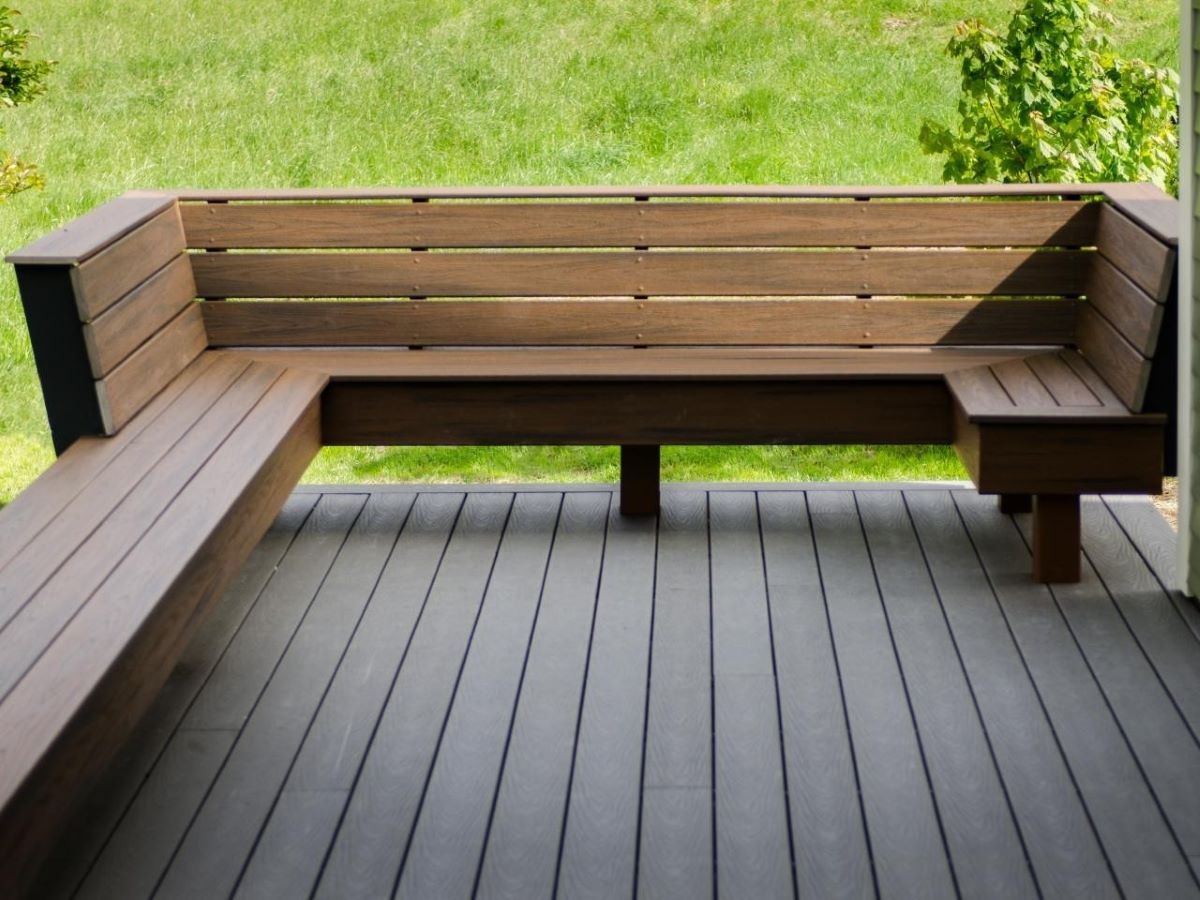

Articles
How To Add Double-Duty Built-In Benches To Your Deck
Modified: May 6, 2024
Learn how to maximize space and functionality on your deck with double-duty built-in benches. Read our articles for expert tips and ideas.
(Many of the links in this article redirect to a specific reviewed product. Your purchase of these products through affiliate links helps to generate commission for Storables.com, at no extra cost. Learn more)
Introduction
When it comes to maximizing the functionality and enjoyment of your outdoor space, adding double-duty built-in benches to your deck can be a game-changer. These versatile seating options not only provide a convenient place to sit and relax, but they also serve as storage solutions, allowing you to make the most of your available space.
Whether you have a small deck or a sprawling outdoor oasis, incorporating built-in benches can elevate the aesthetic appeal and functionality of your deck. Imagine having a dedicated seating area that seamlessly blends with your deck’s design, providing comfort for gatherings, parties, or simply enjoying a peaceful moment outdoors.
Not only do built-in benches offer practical benefits, but they also add a sense of style and sophistication to your deck. With various design options available, you can customize the benches to match your deck’s overall aesthetic, creating a cohesive and visually appealing outdoor space.
In this comprehensive guide, we’ll explore the many benefits of double-duty built-in benches, discuss important design considerations, outline the materials and tools you’ll need, provide a step-by-step installation guide, offer tips for ensuring stability and durability, and discuss finishing touches and maintenance. By the end of this article, you’ll be equipped with the knowledge and inspiration to add functional and beautiful built-in benches to your deck.
Key Takeaways:
- Maximize your deck’s functionality and style by adding double-duty built-in benches, providing extra seating, storage space, customization options, and enhanced safety for a seamless outdoor experience.
- Elevate your outdoor space with built-in benches that offer comfort, durability, and visual appeal. Follow the step-by-step guide, prioritize stability, and embrace finishing touches for a personalized and inviting deck.
Read more: How To Add A Roof To A Deck
Benefits of Double-Duty Built-In Benches
Double-duty built-in benches offer a range of advantages that can significantly enhance your deck’s functionality and aesthetics. Let’s explore some of the key benefits:
- Extra Seating: One of the primary benefits of adding built-in benches to your deck is the additional seating they provide. Instead of relying solely on standalone chairs or patio furniture, built-in benches offer a permanent and space-saving seating solution. This is particularly useful when hosting gatherings or events, as it allows you to accommodate more guests while maximizing the available space.
- Storage Space: Built-in benches can be designed with hinged or removable seats, providing convenient storage options. These benches can serve dual purposes by offering a hidden compartment for storing outdoor cushions, gardening tools, toys, or other deck essentials. This not only keeps your deck organized and clutter-free but also eliminates the need for additional storage containers.
- Customization: Built-in benches can be tailored to match your deck’s design and style. Whether your deck has a modern, rustic, or traditional look, you can choose the materials, colors, and finishes that seamlessly blend with the existing elements. This level of customization allows you to create a cohesive and visually appealing outdoor space that reflects your personal taste and enhances the overall aesthetic of your deck.
- Space Optimization: If you have a small deck or limited outdoor space, built-in benches are an excellent way to optimize the area. Unlike standalone chairs or furniture, built-in benches are fixed elements that don’t take up additional space when not in use. This makes them ideal for decks with limited square footage, as they offer functional seating without sacrificing valuable space.
- Enhanced Safety: Built-in benches provide an added level of safety and stability. Unlike lightweight chairs or furniture that can easily tip over, built-in benches are securely fastened to the deck structure, minimizing the risk of accidents or injuries. This is particularly important if you have young children or elderly individuals using the deck, as it offers a secure seating option that can withstand regular use.
By incorporating double-duty built-in benches into your deck, you not only expand your seating options but also enhance the functionality, style, and safety of your outdoor space. Whether you’re hosting a lively gathering or seeking a quiet spot to unwind, the versatility of built-in benches makes them a valuable addition to any deck.
Design Considerations for Built-In Benches
When planning to add built-in benches to your deck, there are several important design considerations to keep in mind. These factors will help ensure that your benches are not only aesthetically pleasing but also functional and comfortable. Here are some key design considerations:
- Deck Layout: Assess the layout and dimensions of your deck to determine the ideal locations for the built-in benches. Consider factors such as traffic flow, access to other areas of the deck, and the positioning of other elements like staircases or doorways. Optimal placement of the benches will maximize their usefulness and integration with the overall deck design.
- Seating Capacity: Determine the desired seating capacity of your built-in benches based on the size of your deck and the number of people you typically entertain. Consider whether you want to create multiple seating areas or have one continuous bench along a specific edge or corner of the deck. This will help determine the length and configuration of the benches.
- Ergonomics and Comfort: Ensure that the bench seats are ergonomically designed for comfort. Consider the height, depth, and angle of the seat to provide optimal support and a relaxing sitting experience. Incorporating cushions or seat padding can also enhance the comfort factor.
- Materials and Finishes: Choose materials that are weather-resistant and suitable for outdoor use. Common options include hardwoods like cedar or teak, composite decking materials, or even concrete for a more modern look. Consider the maintenance requirements and durability of the materials to ensure they withstand the elements and retain their aesthetic appeal over time. Select finishes that complement the rest of your deck’s design, such as stain or paint colors that coordinate with the deck’s color scheme.
- Integration with Deck Style: Coordinate the design of the built-in benches with the existing style of your deck. Ensure that the bench materials, colors, and finishes harmonize with the deck’s overall aesthetic. Whether your deck has a contemporary, rustic, or traditional look, the built-in benches should seamlessly blend in and enhance the visual appeal of the entire outdoor space.
- Maintenance and Longevity: Consider the maintenance requirements of the built-in benches. Choose materials and finishes that are easy to clean and maintain. Regularly inspect the benches for any signs of damage or wear, and address any issues promptly to ensure their longevity.
By carefully considering these design aspects, you can create built-in benches that not only complement your deck’s style but also provide comfortable and functional seating options. Taking the time to plan and design your built-in benches will ensure that they meet your specific needs and enhance the overall enjoyment of your deck.
Required Materials and Tools
Before you begin the installation of built-in benches on your deck, it’s important to gather all the necessary materials and tools. Having everything prepared beforehand will make the process smoother and more efficient. Here’s a list of the typical materials and tools you’ll need:
Materials:
- Decking materials: This includes the boards for constructing the bench frames and the seat panels. Choose materials that are durable, weather-resistant, and suitable for outdoor use. Common options include treated lumber, cedar, or composite decking materials.
- Durable screws or nails: These will be used to secure the bench frames and attach the seat panels.
- Wood glue: Recommended for additional reinforcement of the bench joints.
- Hinges and/or hardware for the storage compartments, if desired.
- Finishing materials: Depending on the chosen material, you may need stain, paint, or a sealant to protect and enhance the appearance of the benches.
- Cushions and textiles: Optional, but adding cushions or textiles can make the built-in benches more comfortable and visually appealing.
Tools:
- Tape measure: Essential for taking accurate measurements of your deck and the required bench dimensions.
- Circular saw or miter saw: Used for cutting the decking materials to the desired lengths and angles.
- Drill: Necessary for creating pilot holes and driving screws or nails into the wood.
- Screwdriver or screw gun: For attaching the boards together.
- Level: To ensure that the benches are installed evenly and properly aligned.
- Router or sander: These tools can be helpful for smoothing the edges of the seat panels or creating decorative details.
- Paintbrushes or rollers: If you’re planning to paint or stain the benches, you’ll need brushes or rollers for applying the finish.
- Safety equipment: Don’t forget to wear safety glasses, gloves, and a dust mask to protect yourself during the construction process.
Having these materials and tools readily available will save you time and frustration as you embark on the project of adding built-in benches to your deck. Make sure to gather them all before you start, and consider if there are any additional materials or tools specific to your chosen design or customization options.
Step-by-Step Guide to Adding Built-In Benches to Your Deck
Adding built-in benches to your deck can be a rewarding DIY project that enhances both the functionality and aesthetics of your outdoor space. Follow this step-by-step guide to help you navigate the installation process:
1. Plan and Measure:
Assess your deck’s layout and determine the ideal locations for the benches. Measure the areas where you want the benches to be installed, taking into account the desired seating capacity and any existing features such as staircases or doorways.
2. Gather Materials and Tools:
Collect all the necessary materials and tools listed in the previous section. Make sure you have everything on hand before beginning the construction process.
Read more: How Wide Are Double Wall Ovens
3. Frame Construction:
Using the chosen decking materials, start by constructing the bench frames. Cut the boards to the appropriate lengths and angles, then attach them together using screws or nails. Confirm that the frames are level and secure.
4. Seat Panel Installation:
Measure and cut the decking boards to create the seat panels. Attach the panels to the bench frames, ensuring they are evenly spaced and securely fastened. Consider utilizing wood glue for additional reinforcement.
5. Finishing Touches:
If desired, apply any finishes such as stain, paint, or sealant to protect and enhance the appearance of the benches. Allow sufficient time for the finishes to dry according to the manufacturer’s instructions.
6. Optional Storage Compartments:
If you want to incorporate storage compartments, attach hinges and hardware to the bench frames before installing the seat panels. Ensure they are properly aligned and functional.
Read more: How To Strip Your Decking
7. Placement and Anchoring:
Move the completed benches to their designated locations on your deck. Confirm that they are positioned correctly and securely anchored to the deck’s structure. Use additional screws or brackets if necessary to ensure stability.
8. Test and Enjoy:
Once the benches are in place, give them a thorough inspection to ensure stability and durability. Add cushions or textiles for added comfort, and then sit back, relax, and enjoy your newly enhanced outdoor space!
Remember to follow all safety precautions during the construction process and consult any local building codes or regulations that may apply. If you’re unsure about any step, it’s always a good idea to consult a professional or an experienced builder.
By following this step-by-step guide, you’ll be on your way to creating functional, stylish, and comfortable built-in benches on your deck. The result will be a welcoming and versatile outdoor space that brings you joy and relaxation for years to come.
Tips for Ensuring Stability and Durability
When adding built-in benches to your deck, it’s crucial to prioritize stability and durability to ensure the longevity and safety of your seating structures. Here are some key tips to help you achieve stability and enhance the durability of your built-in benches:
1. Use Sturdy Materials:
Choose high-quality materials that are specifically designed for outdoor use. Opt for treated lumber, cedar, or composite decking materials that are resistant to rot, weathering, and insect damage. Investing in durable materials will help your benches withstand the elements and maintain their structural integrity over time.
Read also: 9 Amazing Double Wall Ovens for 2024
2. Reinforce Bench Joints:
In addition to using screws or nails to secure the bench frames, consider reinforcing the joints with wood glue. Applying wood glue to the joints before fastening them together will create a stronger bond and help prevent any wobbling or loosening of the benches over time.
3. Choose Adequate Bench Support:
Ensure that your built-in benches have proper support by attaching them to the deck’s structural frame. Use sturdy brackets or angle irons to anchor the benches to the deck posts or beams, providing added stability and preventing any shifting or movement.
4. Consider Weight Capacity:
Take into account the weight capacity that the built-in benches need to support. Factor in the average weight of individuals who will be using the benches and any additional items that may be stored inside them. The bench frames and supports should be designed to accommodate the anticipated load without compromising stability.
5. Regular Maintenance and Inspection:
To ensure the ongoing stability and durability of your built-in benches, establish a routine maintenance schedule. Regularly inspect the benches for any signs of damage, such as loose screws or splintering boards, and address these issues promptly. Additionally, clean the benches regularly and apply any recommended sealants or finishes to protect the wood from moisture and sun damage.
Read more: How To Stain Your Decking
6. Optimize Weight Distribution:
Encourage even weight distribution on the benches by positioning them strategically and educating users about proper seating. Avoid overloading one side of a bench or placing excessive weight on a specific area, as this can lead to premature wear and structural issues.
7. Consider Professional Assistance:
If you’re unsure about the stability and durability of your built-in benches or if you’re dealing with a complex deck layout, it can be beneficial to seek the assistance of a professional deck builder or contractor. They can provide expert advice, ensure proper installation, and help address any potential structural concerns.
By following these tips, you can ensure that your built-in benches are stable, durable, and capable of providing long-lasting comfort and enjoyment for you and your guests. Prioritizing stability and durability will give you peace of mind and allow you to fully enjoy your outdoor space for years to come.
Finishing Touches and Maintenance
Adding built-in benches to your deck not only enhances its functionality but also provides an opportunity to add those finishing touches that elevate the overall aesthetic appeal of your outdoor space. Additionally, incorporating regular maintenance into your routine will help preserve the beauty and durability of your built-in benches. Here are some suggestions for finishing touches and tips for maintenance:
1. Cushions and Pillows:
Add cushions or pillows to your built-in benches to provide additional comfort and a touch of color or pattern. Opt for outdoor-friendly fabrics that are resistant to fading and moisture. Consider choosing cushions that complement your deck’s color palette or match your personal style.
Read more: How To Sand Your Decking
2. Decorative Accessories:
Enhance the visual appeal of your built-in benches with decorative accessories such as throw blankets, outdoor rugs, or potted plants. These small details can add personality and create a cozy atmosphere on your deck.
3. Regular Cleaning:
Maintain the cleanliness of your built-in benches by regularly cleaning them. Use a mild detergent, warm water, and a soft brush to remove dirt, pollen, or other debris that may accumulate. Rinse thoroughly with water and allow the benches to air dry.
4. Stain or Paint Maintenance:
If you have stained or painted your built-in benches, periodic maintenance is necessary to keep them looking their best. Check for any signs of peeling, fading, or chipping and address these issues promptly. Clean the benches thoroughly before reapplying any stain, paint, or sealant as recommended by the manufacturer.
5. Seasonal Protection:
Protect your built-in benches during harsh weather conditions. Consider using covers or tarps to shield them from excessive sun exposure, rain, or snow. This will help prevent premature fading, warping, or decay of the wood, ensuring the longevity of your benches.
Read more: What Are The Best Double Wall Ovens
6. Regular Inspections:
Perform regular inspections of your built-in benches to check for any signs of wear and tear, loose screws or nails, or damaged boards. Address these issues promptly by tightening hardware, replacing damaged boards, or seeking professional assistance if needed.
7. General Deck Maintenance:
Don’t forget to include your built-in benches in your general deck maintenance routine. This may include sweeping away debris, trimming nearby vegetation, checking for any signs of deck damage or structural issues, and addressing any necessary repairs.
By incorporating these finishing touches and following a regular maintenance routine, you can ensure that your built-in benches remain visually appealing, comfortable, and structurally sound throughout the seasons. Regular care and attention will prolong the lifespan of your benches, allowing you to fully enjoy your deck and outdoor space for years to come.
Conclusion
Incorporating double-duty built-in benches into your deck is a fantastic way to maximize its functionality, aesthetics, and comfort. These versatile seating options offer numerous benefits, including extra seating, storage space, customization possibilities, space optimization, and enhanced safety.
By carefully considering design elements such as deck layout, seating capacity, ergonomics, and materials, you can create built-in benches that seamlessly integrate with your deck’s style and provide a comfortable and inviting seating area.
Remember to gather all the necessary materials and tools before starting the installation process. Follow the step-by-step guide to ensure a smooth construction process, and take the necessary precautions to ensure stability and durability. Regular maintenance, including cleaning, stain or paint touch-ups, and general deck maintenance, will help preserve the beauty and functionality of your built-in benches for years to come.
Adding those finishing touches, such as cushions, pillows, and decorative accessories, can not only enhance the visual appeal of your built-in benches but also create a personalized and inviting outdoor space that you can enjoy and share with others.
In conclusion, incorporating double-duty built-in benches into your deck is a worthwhile investment that brings both practicality and beauty to your outdoor space. Whether you have a small deck or a sprawling oasis, the addition of these versatile seating options will maximize your deck’s potential and allow you to fully enjoy your outdoor living area.
So, get ready to relax, entertain, and create lasting memories on your deck with the addition of double-duty built-in benches. Embrace the benefits, enjoy the process of installation, and take pride in your transformed deck space.
Ready to take your deck to the next level? After you've mastered adding built-in benches, why not explore more ways to refine your outdoor space? Our upcoming guide, "Colorful Decor And Simple Add-Ons Ready This Deck For Outdoor Living," offers vibrant and practical ideas to enhance your deck’s appeal and functionality. Whether you're looking to entertain guests or enjoy a quiet evening outside, these creative additions will make your outdoor area more inviting and enjoyable.
Frequently Asked Questions about How To Add Double-Duty Built-In Benches To Your Deck
Was this page helpful?
At Storables.com, we guarantee accurate and reliable information. Our content, validated by Expert Board Contributors, is crafted following stringent Editorial Policies. We're committed to providing you with well-researched, expert-backed insights for all your informational needs.
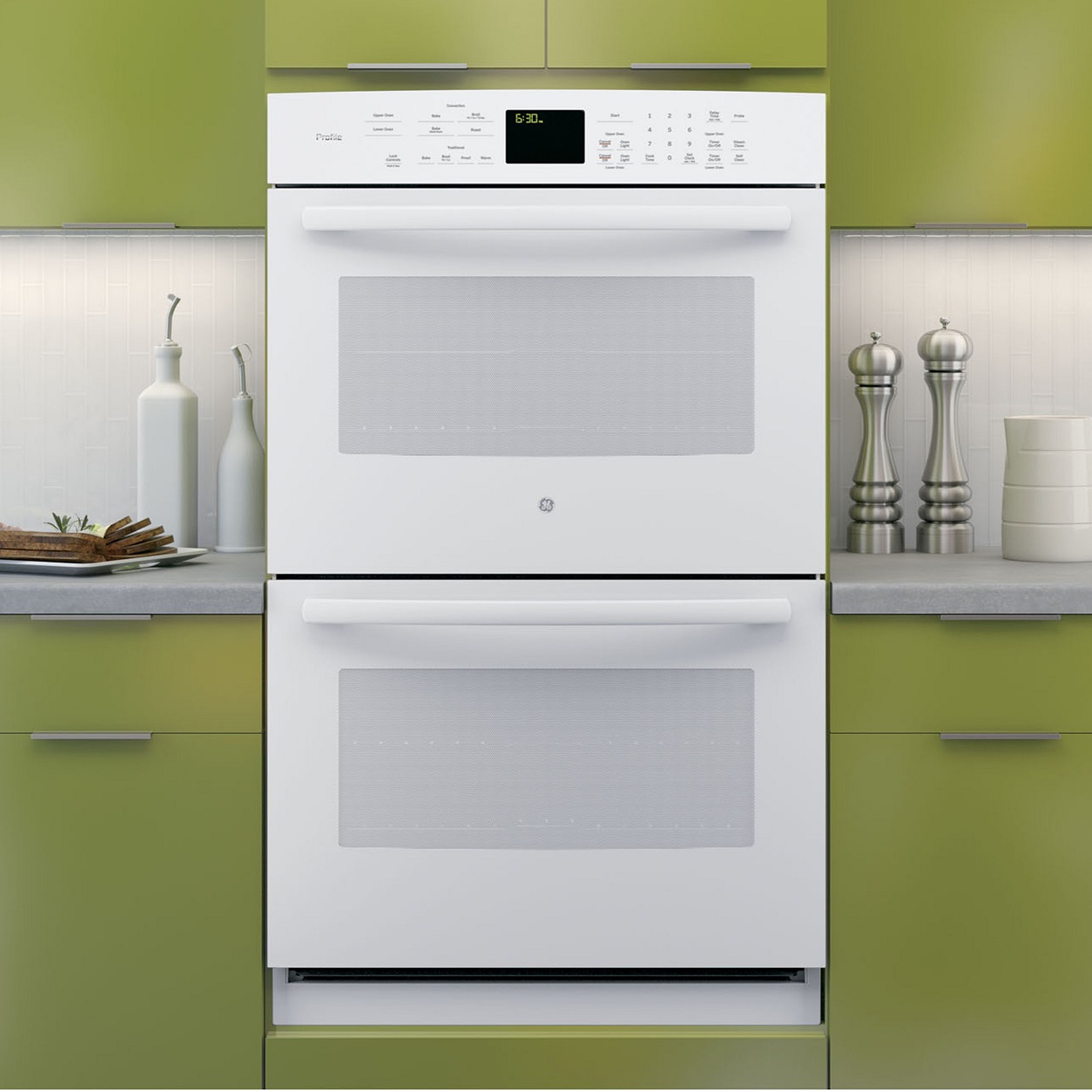
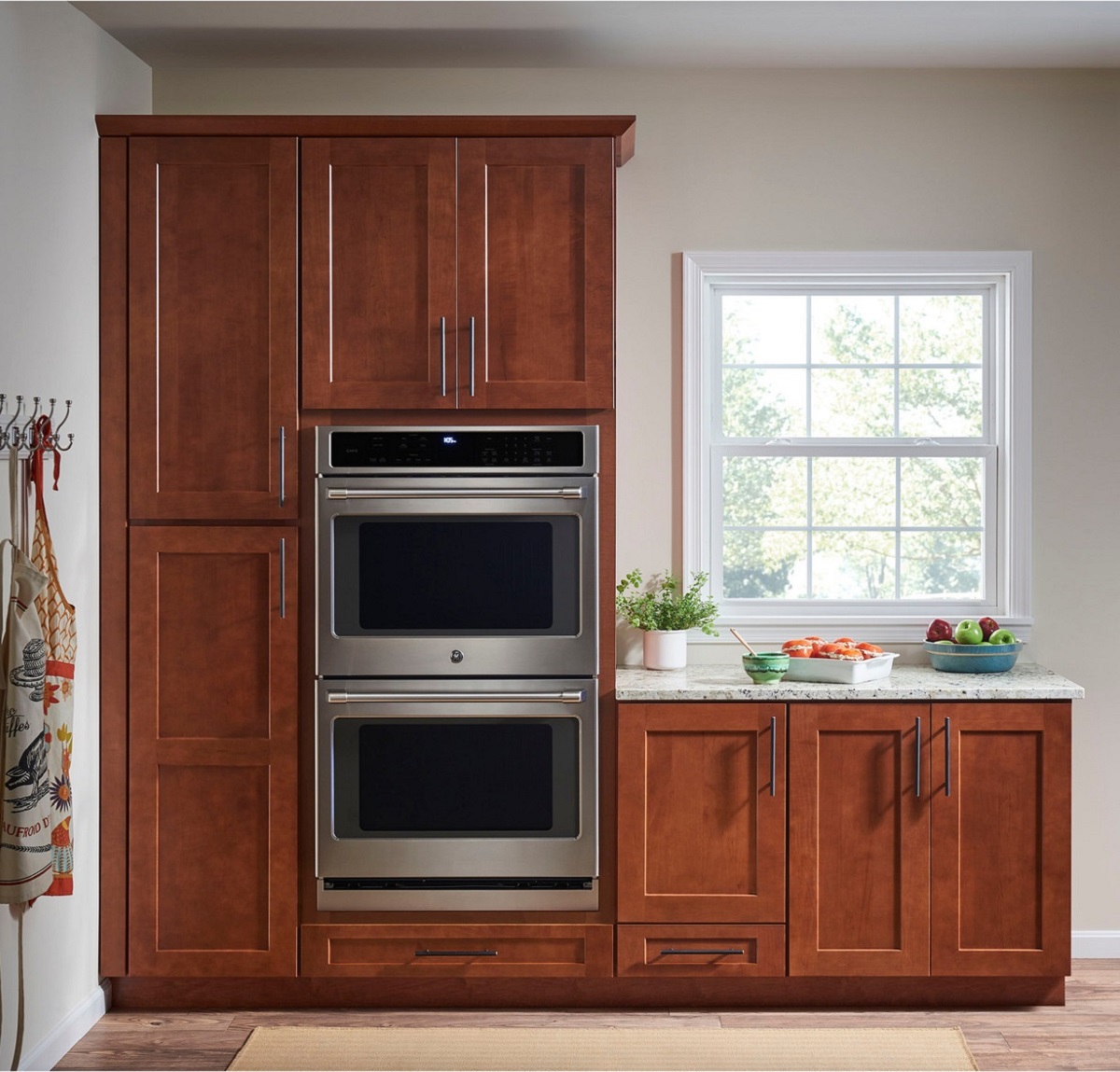

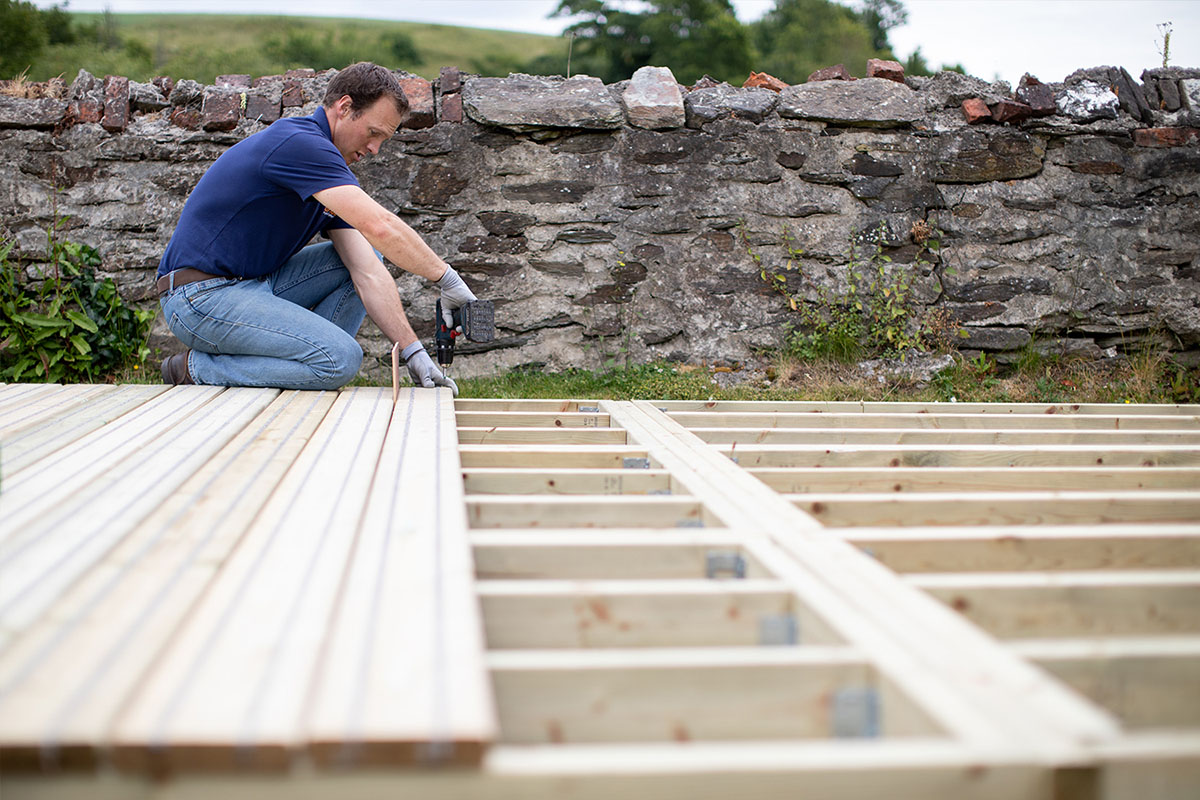
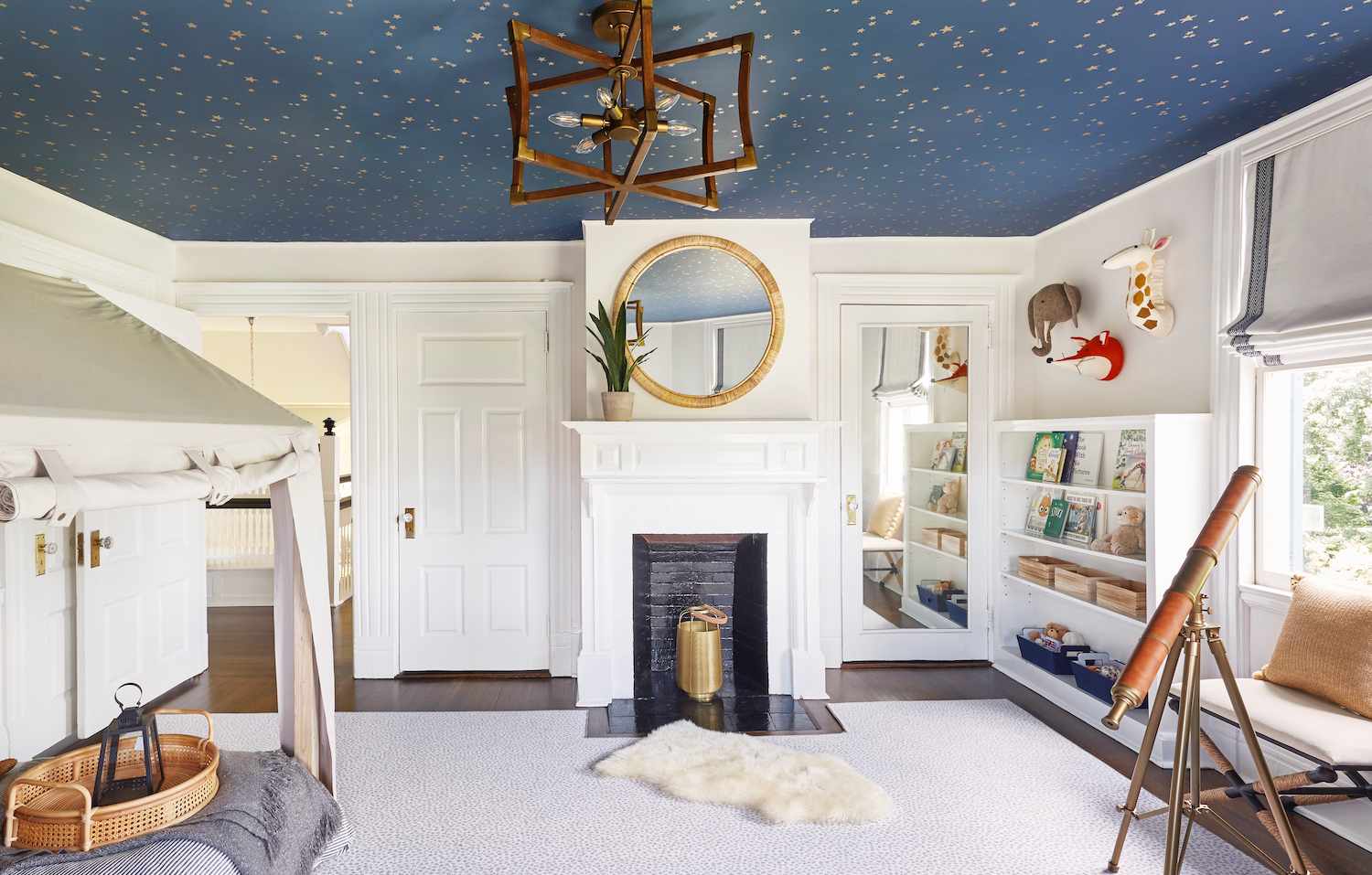
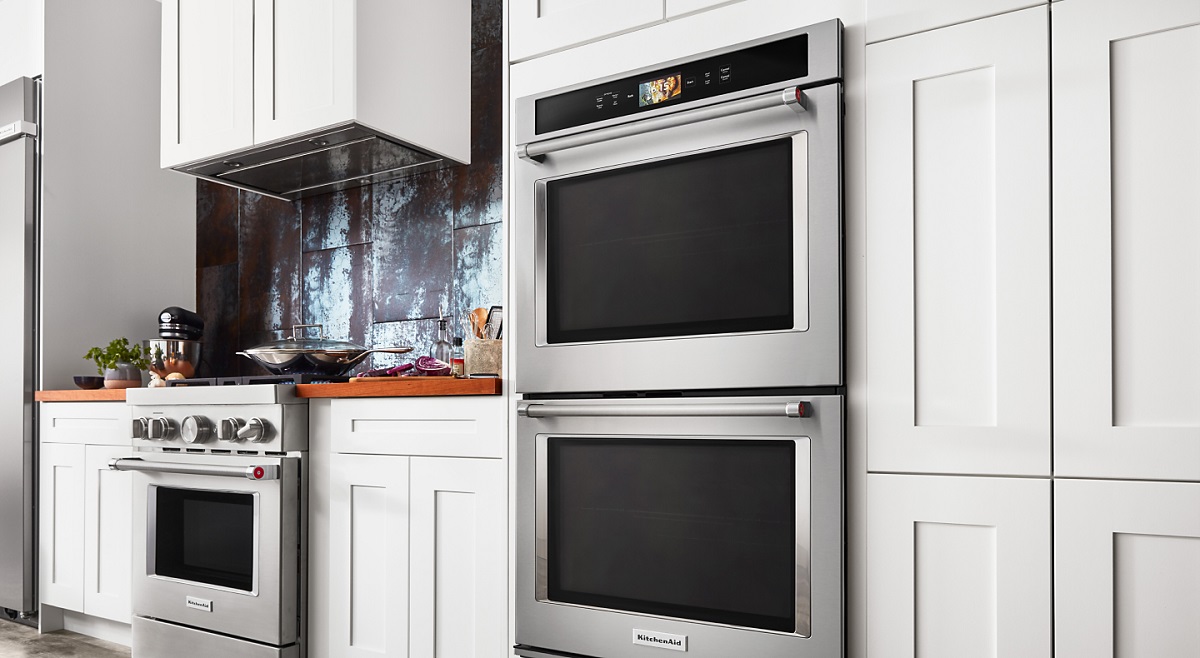



0 thoughts on “How To Add Double-Duty Built-In Benches To Your Deck”